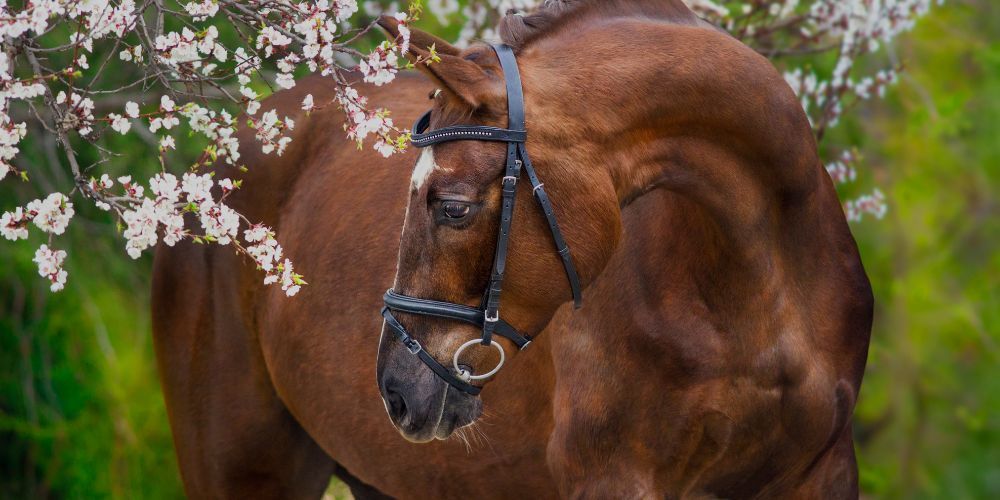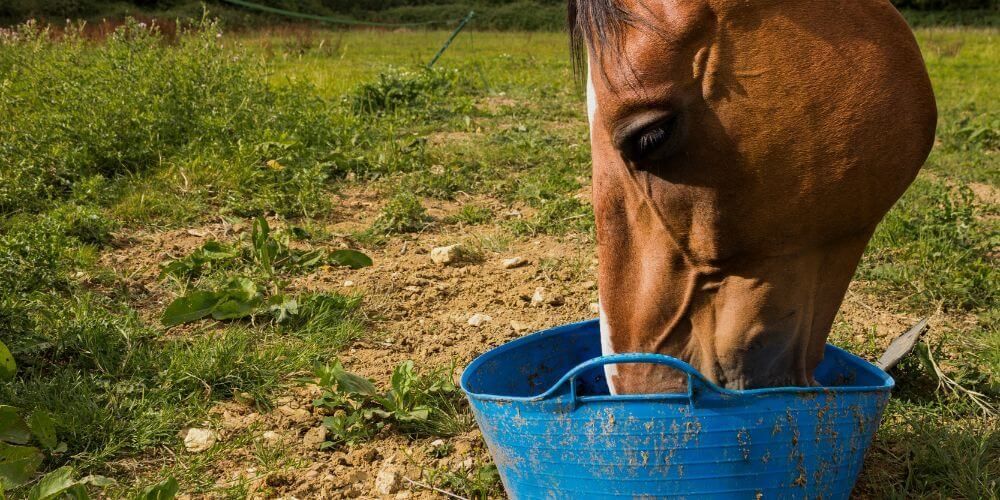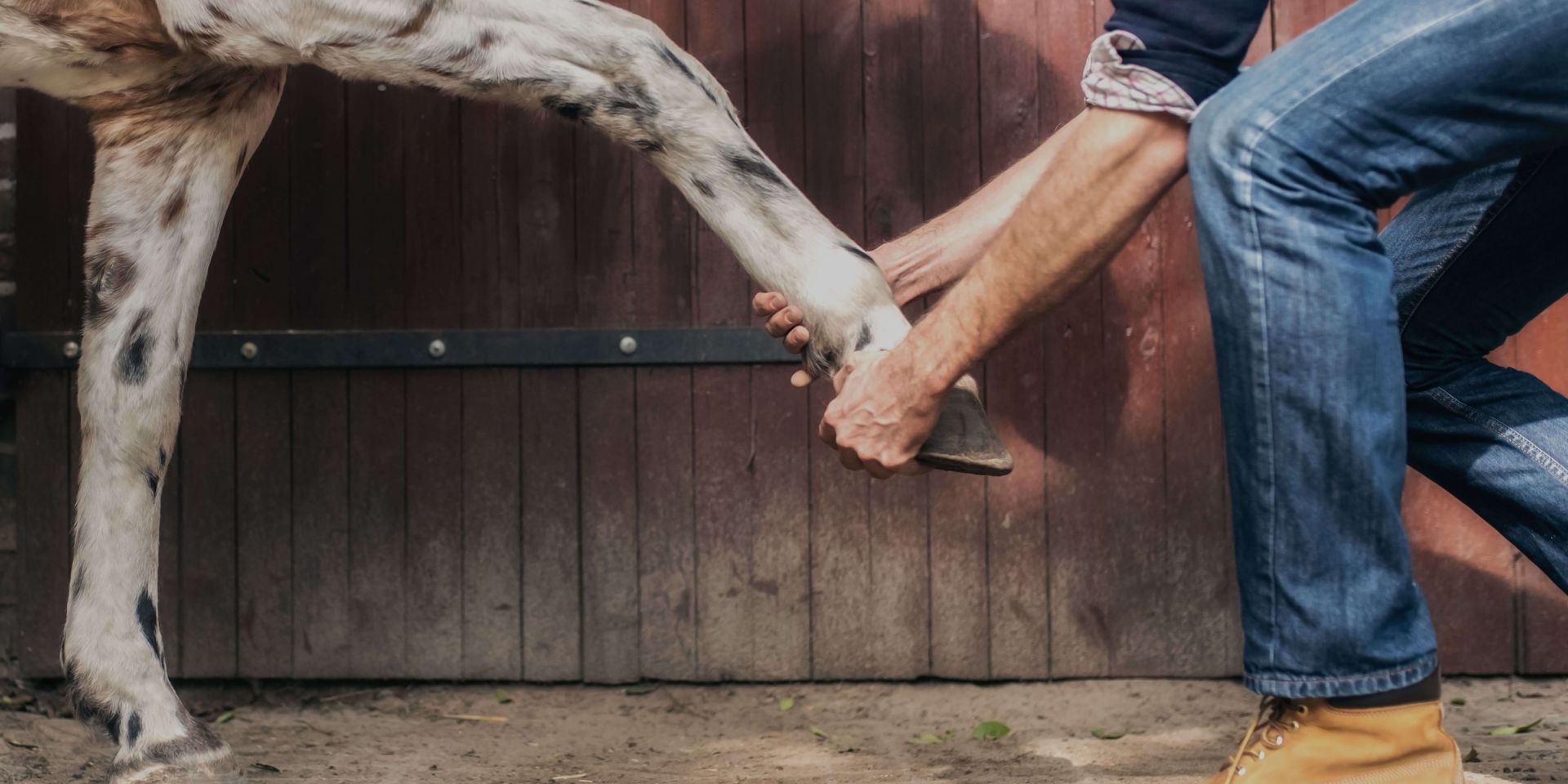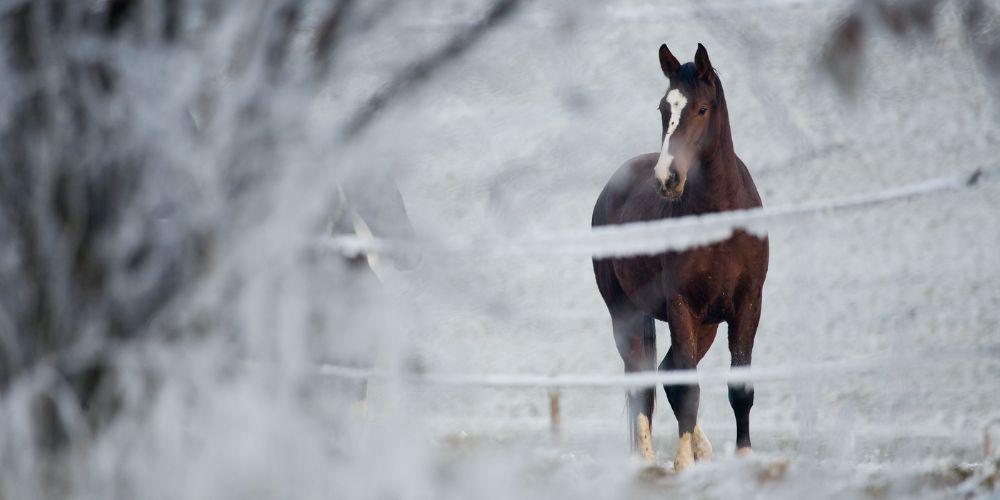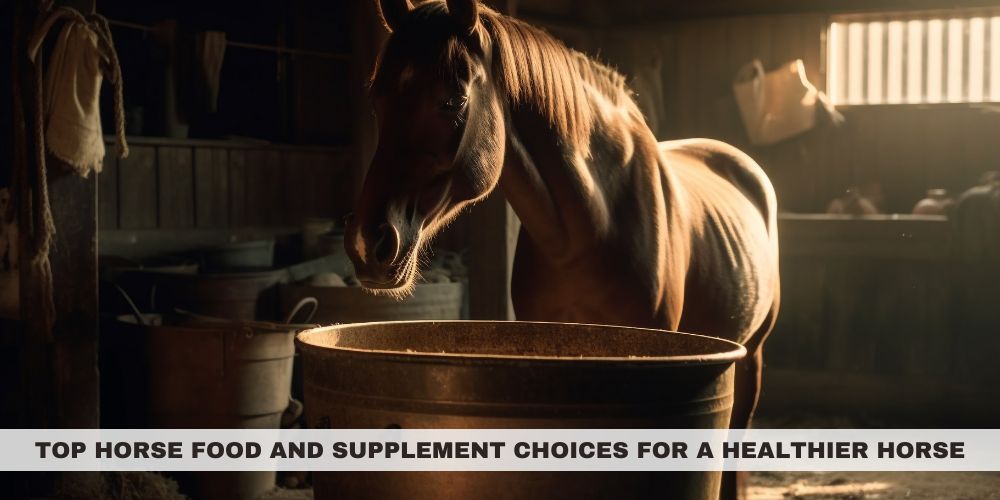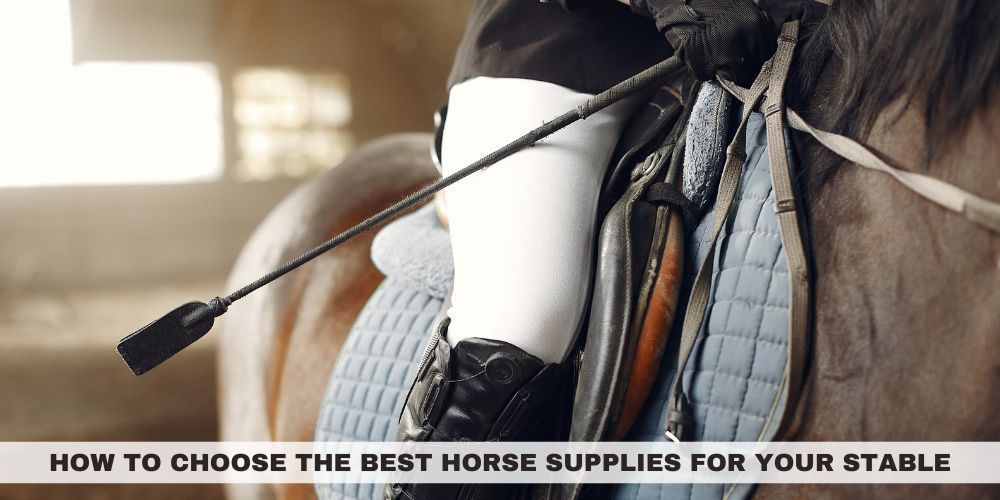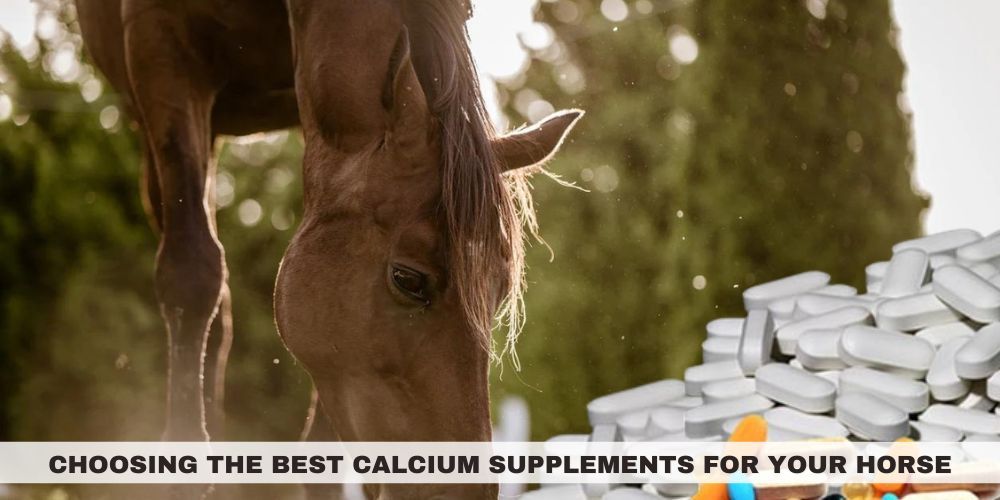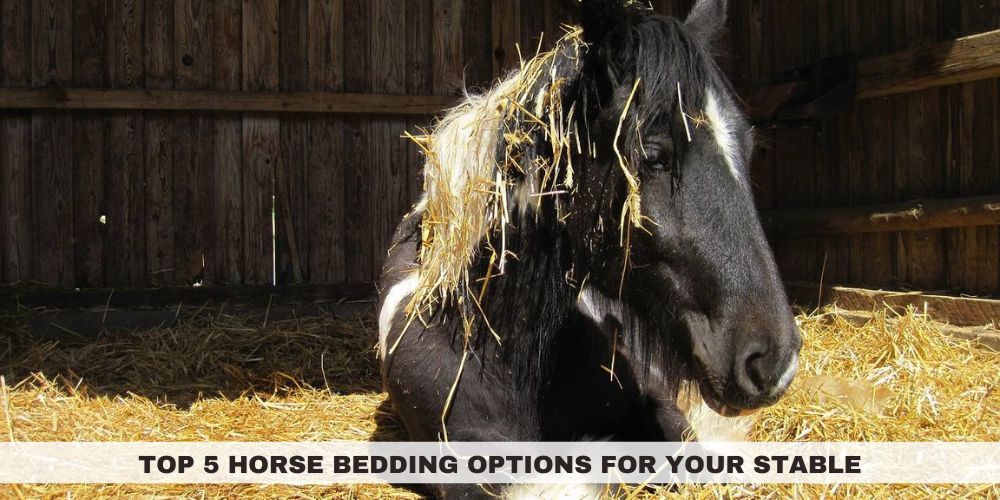Choosing the Perfect Winter Blanket for Your Horse
Winter blankets are essential for keeping horses warm during cold weather, helping them maintain their body temperature and prevent hypothermia. They benefit horses with lighter coats, senior horses, or those not accustomed to extreme cold. Horse blankets provide warmth, comfort, and protection from wind, rain, and snow. They also reduce the energy horses expend to stay warm, allowing them to conserve it for other vital functions.
Why Horses Need Winter Blankets
Winter blankets help horses retain body heat, especially in cold, wet, or windy conditions. They are indispensable for horses with thin coats, elderly horses, or those in poor condition. It will conserve energy and protect them from cold stress, keeping them dry and comfortable throughout the winter.
Types of Winter Blankets
Turnout Blankets
Turnout blankets are durable and waterproof, providing weather protection for horses outside in rain, snow, and wind. They keep horses warm and dry when outside in a field or pasture and are designed for horses that need to be out during adverse conditions.
Stable Blankets
Stable blankets, including stabling or barns, are lightweight and suitable for indoor use. They do not need to keep a horse dry because they provide warmth and comfort on the inside. These blankets suit horses not exposed to harsh weather elements but might want some insulation in cold indoor environments.
Insulation Levels
The insulation levels differ in their intended use. Higher insulation means higher heat for extreme cold, while lighter insulation will suffice if the winter is not harsh. They come in various fill weights, such as 100g, 200g, or 400g, which you can choose based on the horse's needs and the climate.
Measuring for the Right Fit
Tools Needed
You'll want soft measuring tape, a pen, and a notebook to record your measurements. Having an assistant ensures accurate measurement of the horse’s length, girth, and chest width for a comfortable, secure fit.
Step-by-Step Guide
Measure from the center of the chest to the point of the buttocks for the length of the blanket. For width, measure the circumference and chest. The blanket should be big enough to cover the horse's neck and chest without being too tight or loose to allow full mobility.
Common Fit Issues
The general fitting issues are when the blanket is too tight around the shoulders and loose around the belly. Poorly fitted blankets may affect the horse's movement, cause chafing problems, and serve poorly in their intended purpose—proper horse cover.
Key Factors for Choosing a Blanket
Material and Durability
Outdoor blankets are best fabricated from rigid, breathable materials such as ripstop polyester and nylon. The ability to be waterproofed for turnout blankets is paramount; for stable blankets, comfort is. Robust stitching and reinforced straps go a long way toward ensuring the turnout or stable blanket withstands many seasons with active horses.
Insulation
The levels of insulation depend on the horse's needs and climate. Lightweights are fine for mild winters, while medium and heavyweights are better suited for colder temperatures. When available, choose adjustable insulation for flexibility as weather conditions and your horse's needs change.
Additional Features
It should include adjustable straps, safe closures, and gussets for freedom of movement. A tail flap with leg straps offers further modesty and security. Fleece linings add more comfort, reflective strips add visibility, and features such as a detachable hood add versatility for varying weather conditions.
Caring for Winter Blankets
Cleaning Tips
Clean your winter blankets after every use, removing dirt, debris, or moisture. Wash in a low setting using a mild detergent created explicitly for outdoor gear. Avoid fabric softeners, which might compromise the blanket's waterproof quality. Let them air dry, or use the low heat setting of your dryer to keep them in decent shape.
Storing Blankets
Store the blankets in a cool, dry place in winter to avoid mildew and odors. They should be folded well to prevent wrinkles, after which they can be put in breathable storage bags or bins. Avoid storing in damp or humid areas; this might degrade the fabric and lower the effectiveness of the waterproof coating.
Quick Repairs
Mend small tears or rips with a strong fabric patch or adhesive tape. Sew the fabric with a needle and strong thread for more extensive damage. Regularly inspect the closure, straps, and waterproofing. Reapply waterproofing sprays when necessary to keep your blanket functional throughout the season.
Common Mistakes to Avoid
Common mistakes include blanketing an equine with the wrong type for his needs, such as putting a stable blanket on for turnout and vice versa. Over-blanketing overheats a horse, while under-blanketing leaves him open to cold.
When to Use or Skip a Blanket
Blanket if the temperature is below 40°F or wet, windy, or snowy; also if the horse has a thin coat, is old, or is in poor condition. Do not use a blanket during mild temperatures if the horse has a heavy, healthy coat or is in a well-sheltered area.
Ensuring Winter Comfort for Your Horse
To ensure winter comfort, regularly monitor your horse's coat for signs of excessive dryness, matted hair, or dullness that may indicate cold. Also, monitor their weight to determine whether they are warm enough; weight loss may signal that they need more warmth.
Conclusion
A good choice of winter blankets is your key to maintaining the health and comfort of your horse during cold seasons. If properly fitted, with adequate insulation, in the material of your choice, it will enable your horse to stay warm and safeguard him against any extremity of temperature. "American Horse Products" can be trusted for such good quality as they produce high-quality blankets, extremely resistant to all weather conditions. They have a wide selection to suit many needs, and thus, you will be assured of finding the perfect fit to keep your horse cozy and safe during winter.
American Horse Products was launched in 1999. With our 11,000-square-foot store in San Juan Capistrano, American Horse Products offers the largest inventory of English and Western products and feed in Orange County, California.
FOLLOW US
PRODUCTS
SERVICES
CONTACT US
BUSINESS HOURS
Monday - Friday : 10:00 AM - 5:00 PM
Saturday - Sunday 10:00am -4:oop,m
All Rights Reserved | American Horse Product


